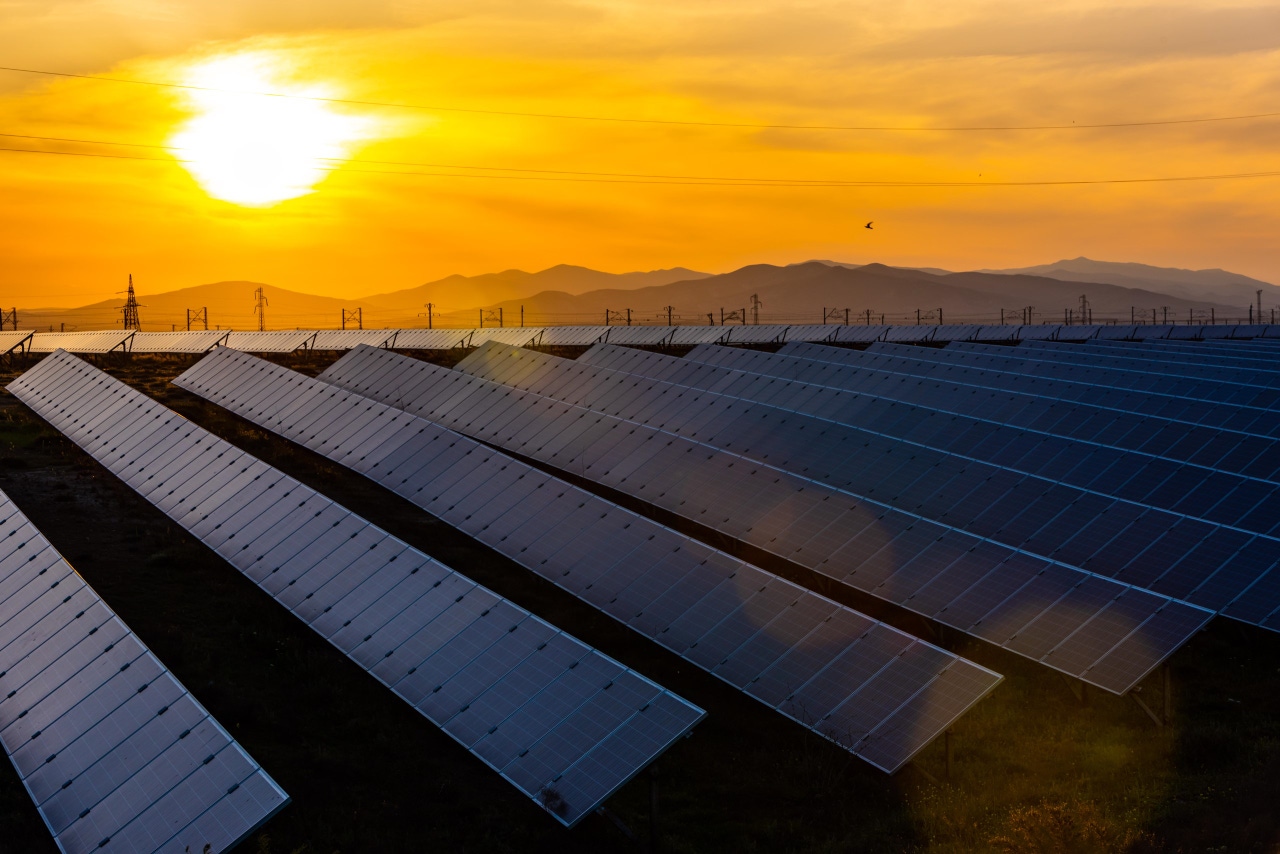
Insight and analysis on the data center space from industry thought leaders.
The IRA’s Energy Storage Credits Take Data Centers into the FutureThe IRA’s Energy Storage Credits Take Data Centers into the Future
With more companies opting for remote or hybrid work and in the process of moving workloads to the cloud, further emissions increases are inevitable – unless we take drastic action.
January 27, 2023

The recently signed Inflation Reduction Act (IRA) gives data centers plenty of incentives to clean up their operations, far more than existing clean energy tax credits.
One of the IRA’s more compelling provisions focuses not only on how clean energy is obtained but how it’s stored.
What the IRA means for data center energy storage
Traditionally, the government has tied tax credits for data center energy storage to the actual generation and capture of solar energy. It was a good system for companies with the resources and space to invest in the necessary solar technology – think tech giants in California with access to nearly 300 days of sunlight per year. However, this strategy didn’t account for businesses in states with less cooperative weather or data centers landlocked by urban development without space for their own solar energy capture systems.
The IRA addresses this critical gap by eliminating the tie between energy generation and storage. In addition to extending solar and wind tax credits for another ten years, the U.S. government increased investment tax credits to 30% for standalone energy storage systems. It’s an acknowledgment that efforts toward achieving cleaner operations do not rely solely on power capture. Energy storage systems themselves are also crucial.
The importance of this provision can’t be overstated. Tax credits for standalone energy storage systems make these investments more friendly for the wallet, helping to push some businesses off the fence in a relatively cost-conscious economy. In addition, at a deeper operations level, the tax credit encourages businesses to store their excess clean energy and use it on cloudy days. It’s a solid step toward a greener data center.
What cleaner storage means for data center operations
Perhaps the first significant impact cleaner energy storage can have on data centers is energy resiliency. Outages are a financial drain, with more than 25% costing $1 million, and more than two-thirds costing around $100,000. Fear of these costly consequences pushes data centers to keep diesel generators on hand to power their facilities through extended outages, expanding the center’s carbon footprint.
The new tax credits mean data centers no longer must choose between reduced downtime and reduced emissions. Cleaner alternatives to diesel generators, such as advanced lead and lithium batteries, are cost-effective solutions that offer an uninterrupted power supply that doesn’t rely on fossil fuels. Additionally, data centers can even charge these batteries using clean energy if they have renewable energy sources available near their facilities.
In the longer term, batteries will play a key role in the transition away from aging, fossil-fuel-powered electric grids – a necessity, as rapid data center expansion places greater strain on our existing infrastructure. We’ve already seen how lithium batteries are powering the electric car revolution. Advanced lead, lithium, and emerging battery chemistries such as vanadium will soon have the same impact on the data center industry. Replacing diesel generators and/or pairing these batteries with renewable energy sources will allow data centers to develop their own microgrid, relying on batteries not just to manage through outages but for day-to-day clean operations as well.
Ramping up the supply chain
As demand for clean energy increases, there may be an initial strain on the existing energy storage supply chain to keep up with demand. However, as with any other industry, supply will grow quickly to meet demand as investments in the necessary material mining and manufacturing infrastructure increase exponentially.
The IRA encourages domestic manufacturing of energy technologies to improve the country’s energy independence and decrease reliance on unpredictable foreign powers and global supply chains. The growth of the domestic energy supply chain can only help speed up the adoption of clean energy and energy storage technologies by U.S. data centers as more options become available to order closer to home.
Two chemistries are already well-positioned to serve the domestic demand. Lead batteries already have a well-established circular economy in the U.S., with spent batteries being consistently recycled into new batteries. Vanadium will likely follow the blueprint of lead’s circular economy as it is similar to lead in some ways. It is recyclable, and manufacturing vanadium requires much of the same expertise that manufacturing lead requires, which means the U.S. has a head start on ramping up the vanadium supply chain.
The future is bright – powered by clean energy
The IRAct’s impact on clean energy and energy storage is already being felt. S&P Global estimates the act will fuel the development of an additional 150GW of renewable energy capacity in the coming years.
This new infrastructure push will make a future powered by clean energies possible – allowing wind, solar and other renewable energy capture technology to keep all the energy it collects. We’ll have the capability to reduce the footprint of our essential industries by reducing reliance on diesel generators and fossil-fuel-powered grids. And there’s no better place to start than with the data centers that make our digital economy possible.
About the Author
You May Also Like







